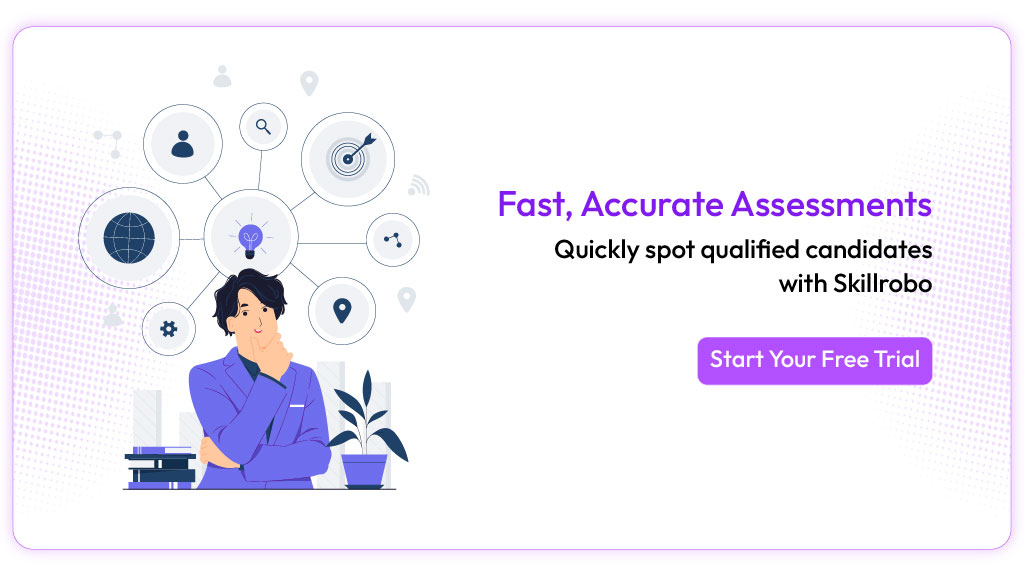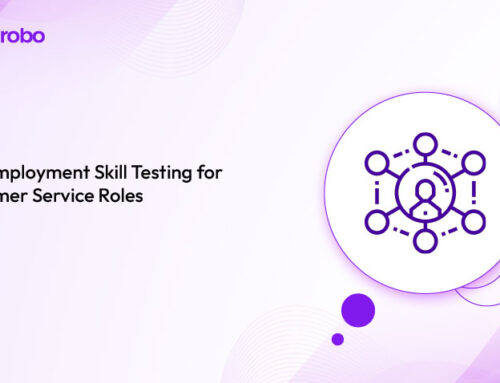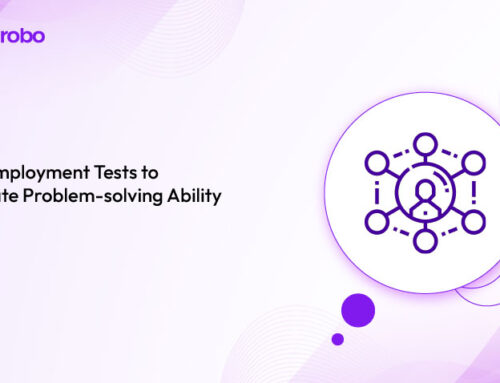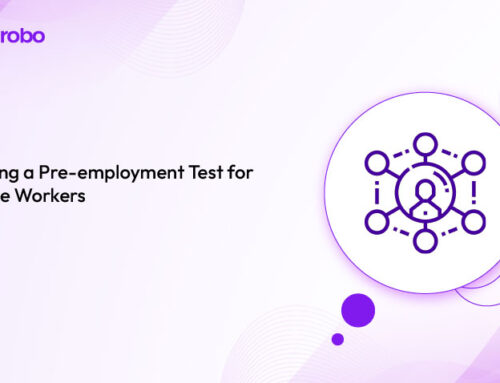
Key Takeaways
- Sources of selection are crucial channels organizations use to attract and hire candidates, categorized as internal and external sources.
- Internal sources like promotions, transfers, and employee referrals improve employee morale, reduce hiring costs, and enhance retention.
- External sources such as job portals, campus recruitment, recruitment agencies, and social media hiring bring fresh skills, new perspectives, and wider talent access.
- Choosing the right source depends on factors such as the nature of the role, time-to-hire, cost, innovation needs, and retention goals.
- A balanced sourcing strategy, combining both internal and external sources, leads to better quality hires, greater workforce diversity, and long-term organizational growth.
- Best practices include maintaining a talent pipeline, using data-driven sourcing, strengthening employer branding, and leveraging technology for efficient hiring.
- Organizations that optimize their sources of selection can create a resilient hiring pipeline, positioning themselves for sustained success in a competitive talent market.
Sources of Selection: Why Choosing the Right Talent Pipeline Matters
Finding the right candidate for a role is both an art and a science. As the demand for skilled talent grows, companies must focus on who they hire and where they find their candidates. This is where the concept of sources of selection becomes pivotal.
Sources of selection refer to the different channels organizations use to attract potential candidates for open positions. A smart sourcing strategy that blends internal and external sources, along with the use of Top Candidate Sourcing Tools, can significantly impact the quality of hires, reduce hiring costs, and improve employee retention.
In this blog, we will explore the key internal and external sources of selection, discuss their advantages and challenges, and provide actionable strategies to optimize your sourcing process.
Understanding Sources of Selection
At its core, the selection process is about filtering and choosing candidates who best fit the requirements of the organization. However, the success of the selection process heavily depends on the sources from which the candidates are drawn.
These sources are typically divided into two main categories:
- Internal Sources: Candidates who already exist within the organization.
- External Sources: Candidates who are recruited from outside the organization.
Choosing the right source for each vacancy is critical to organizational growth, employee morale, and operational efficiency.
Internal Sources of Selection
Internal sources involve filling a vacancy with current employees. This approach is cost-effective and can boost employee motivation.
Promotions
Promotions involve moving employees to higher positions based on performance and potential.
Advantages:
- Boosts employee morale and motivation.
- Reduces onboarding time since the employee already understands company operations.
- Enhances loyalty and retention.
Challenges:
- Limited pool of candidates.
- May lead to internal competition and dissatisfaction if not handled transparently.
Example:
Leading organizations like IBM and Procter & Gamble prioritize internal promotions to retain talent and build leadership pipelines.
Transfers
Transfers involve shifting employees from one job, department, or location to another at the same or similar level.
Advantages:
- Balances workforce across departments.
- Provides employees with broader experience and exposure.
- Retains institutional knowledge.
Challenges:
- Requires training for new roles.
- May cause temporary disruption in the previous department.
Employee Referrals
Current employees recommend people they know for open positions within the organization.
Advantages:
- Speeds up the hiring process.
- Reduces recruitment costs.
- Improves cultural fit and employee satisfaction.
Challenges:
- Limits diversity if employees recommend people from similar backgrounds.
- May lead to favoritism if not managed properly.
Statistic:
According to a LinkedIn report, referred candidates are 55% faster to hire than candidates sourced through career sites.
External Sources of Selection
External sourcing involves reaching out to candidates who are not part of the current workforce. It is necessary for acquiring fresh talent, new skills, and perspectives.
Job Portals
Online job boards such as LinkedIn, Indeed, and Glassdoor provide access to a vast pool of candidates.
Advantages:
- Wide reach and access to active job seekers.
- Easy to filter candidates by skills and experience.
Challenges:
- High competition among employers.
- Screening large volumes of applications can be time-consuming.
Campus Recruitment
Hiring fresh graduates directly from colleges and universities.
Advantages:
- Brings in energetic and trainable candidates.
- Helps build a strong brand presence among future talent pools.
Challenges:
- Requires investment in training and development.
- Limited work experience among candidates.
Example:
Companies like Deloitte and Infosys conduct extensive campus hiring drives every year to secure young talent.
Recruitment Agencies
Third-party agencies that specialize in sourcing and screening candidates for organizations.
Advantages:
- Saves recruiters’ time by pre-screening candidates.
- Access to passive candidates who are not actively job hunting.
Challenges:
- Involves service fees.
- The quality of candidates may vary based on the agency.
Social Media Hiring
Platforms like LinkedIn, Facebook, Twitter, and even Instagram are being used for sourcing candidates.
Advantages:
- Cost-effective and expansive reach.
- Builds employer brand awareness alongside sourcing.
Challenges:
- Requires active engagement and branding.
- The quality of applications can be inconsistent.
Walk-ins and Career Fairs
Open invitations to candidates to come directly for interviews.
Advantages:
- Helps fill positions quickly.
- Engages with a broad variety of candidates.
Challenges:
- Less targeted approach.
- Screening large numbers manually can be inefficient.
Factors to Consider When Choosing Sources
Selecting the right source depends on several factors:
- Nature of the Role: Critical leadership roles might favor internal promotions, while technical niche roles may require external specialists.
- Time-to-Hire: Employee referrals and internal promotions usually have shorter hiring cycles.
- Cost: Internal sourcing is generally more cost-effective.
- Need for Innovation: External candidates can bring fresh ideas and perspectives.
- Retention Goals: Internal candidates tend to stay longer with the organization.
A well-thought-out sourcing strategy considers all these factors to build a resilient workforce.
| Criteria | Internal Sources | External Sources |
| Cost | Lower (minimal training costs) | Higher (advertising, agency fees) |
| Speed | Faster onboarding | Slower due to the full hiring cycle |
| Innovation | Moderate | High (new ideas, perspectives) |
| Cultural Fit | Strong | Varies |
| Training Requirement | Minimal | Extensive |
| Employee Motivation | Increases | Neutral impact |
Both internal and external sources play complementary roles in a comprehensive recruitment strategy.
Best Practices for Optimizing Sources of Selection
- Maintain a Talent Pipeline: Regularly engage with internal and external candidates to ensure quick sourcing when needed.
- Use Data-Driven Sourcing: Track key metrics like time-to-hire, cost-per-hire, and source effectiveness.
- Promote Employer Branding: A strong brand attracts better candidates from both internal and external sources.
- Balance Internal and External Sourcing: Regularly review your hiring strategy to ensure diversity and innovation without sacrificing employee morale.
- Leverage technology: Tools like Skillrobo can streamline your pre-employment assessments and source candidates more efficiently.
Choosing the right sources of selection is only the first step. To truly maximize the effectiveness of your hiring pipeline, you need the right tools to evaluate and manage candidates efficiently. This is where SkillRobo comes in.
Skillrobo offers an AI-powered, customizable assessment platform that helps organizations streamline candidate evaluation across both internal and external sources. Whether you are promoting internal employees or hiring from external job portals, SkillRobo ensures you have detailed, data-driven insights into every candidate’s skills, aptitude, and cultural fit.
Here’s how SkillRobo supports your sourcing strategy:
- Skill-Based Assessments: Quickly screen candidates for technical, cognitive, and soft skills to identify the best fit for each role.
- Role-Specific Test Templates: Use pre-built or customizable assessments tailored to specific job functions and industries.
- Remote Proctoring: Conduct secure online assessments for external candidates from any location.
- Objective Hiring Decisions: Reduce bias by making data-backed decisions based on standardized evaluation metrics.
- Faster Time-to-Hire: Automate candidate screening to move the best candidates faster through your hiring pipeline.
By integrating SkillRobo into your recruitment process, you can ensure that every candidate, whether sourced internally or externally, is evaluated thoroughly, fairly, and efficiently.
Empower your hiring strategy with SkillRobo and build a workforce ready for future success.
Conclusion
Building an efficient hiring pipeline starts with understanding the right sources of selection. While internal sources like promotions, transfers, and referrals strengthen organizational loyalty and reduce costs, external sources like job portals, campus recruitment, and social media hiring bring fresh talent and innovation.
A balanced, well-informed sourcing strategy based on role requirements, hiring timelines, and business goals will lead to stronger hires and a more resilient workforce. Organizations that optimize their sources of selection will be better positioned to attract, engage, and retain the talent they need to thrive.
Sign Up for SkillRobo and Start Optimizing Your Hiring Today.
FAQs
1. What are internal sources of selection?
Internal sources refer to recruiting candidates already within the organization through methods like promotions, transfers, and employee referrals.
2. What are external sources of selection?
External sources involve recruiting candidates from outside the organization using job portals, recruitment agencies, campus placements, and social media platforms.
3. Why are employee referrals effective?
Employee referrals often yield faster hiring, better cultural fit, and higher retention rates while reducing overall recruitment costs.
4. How can organizations balance internal and external hiring?
Organizations should assess role complexity, diversity needs, innovation requirements, and cost factors to strike the right balance between internal and external hiring.
5. What factors influence the choice of a selection source?
Role requirements, hiring urgency, cost considerations, need for innovation, and organizational culture compatibility are key factors influencing source selection.









